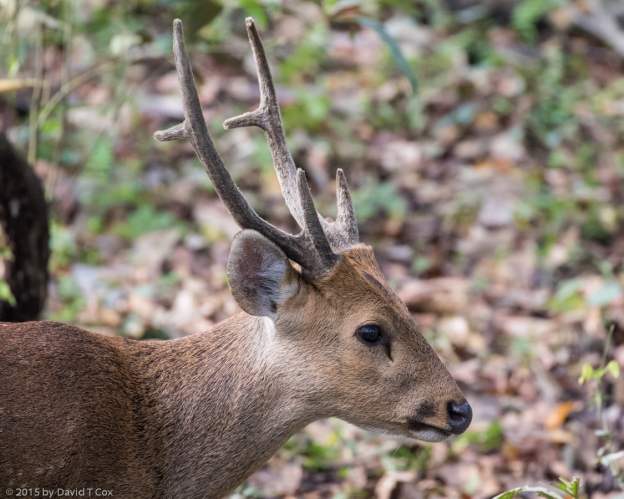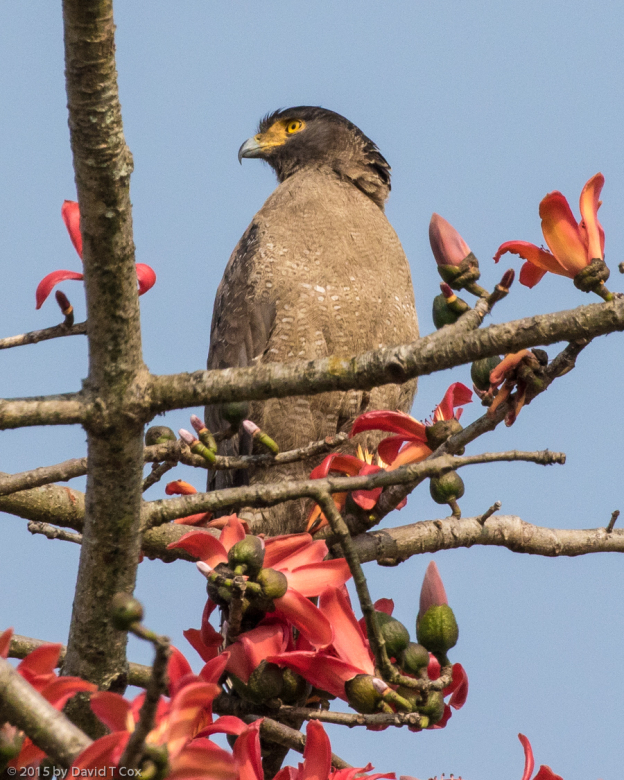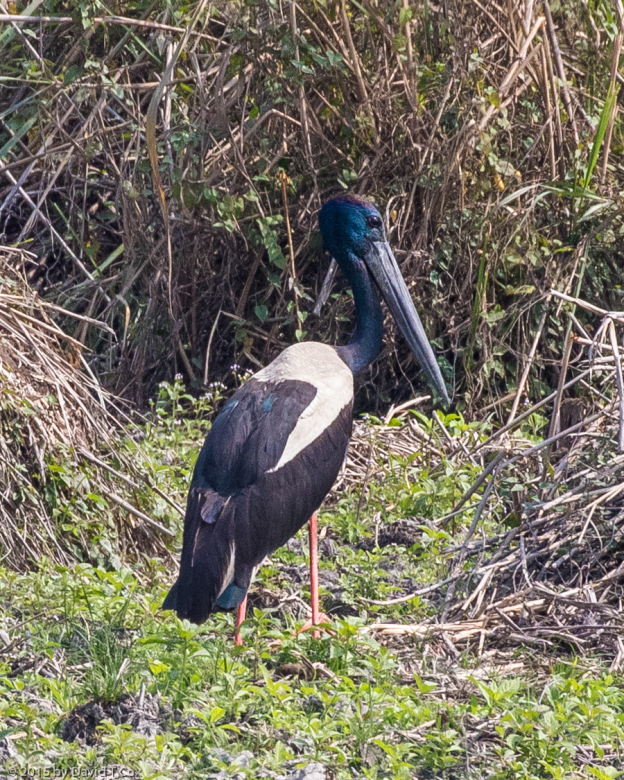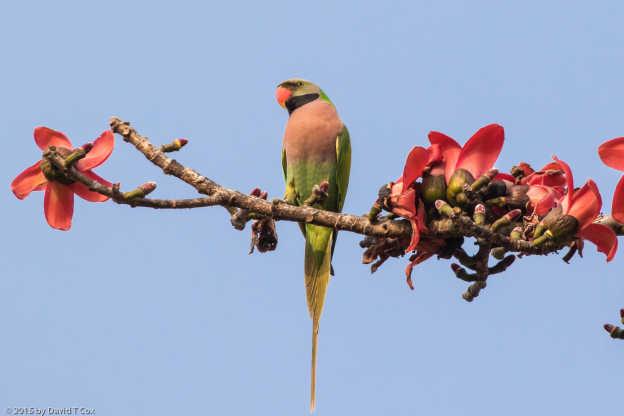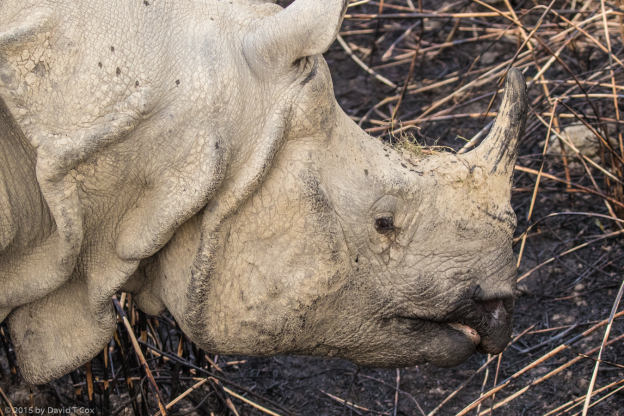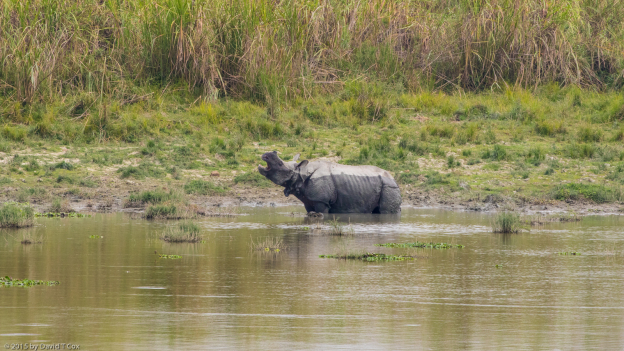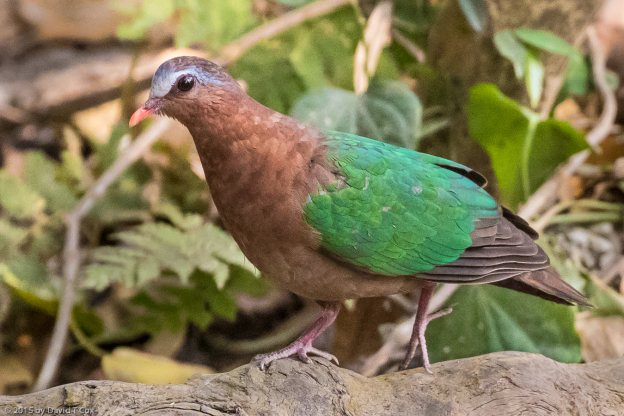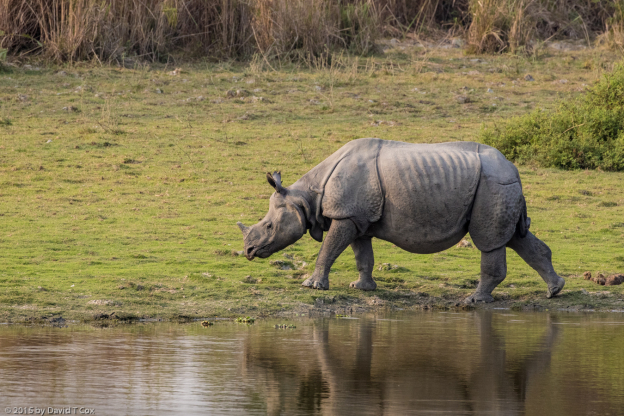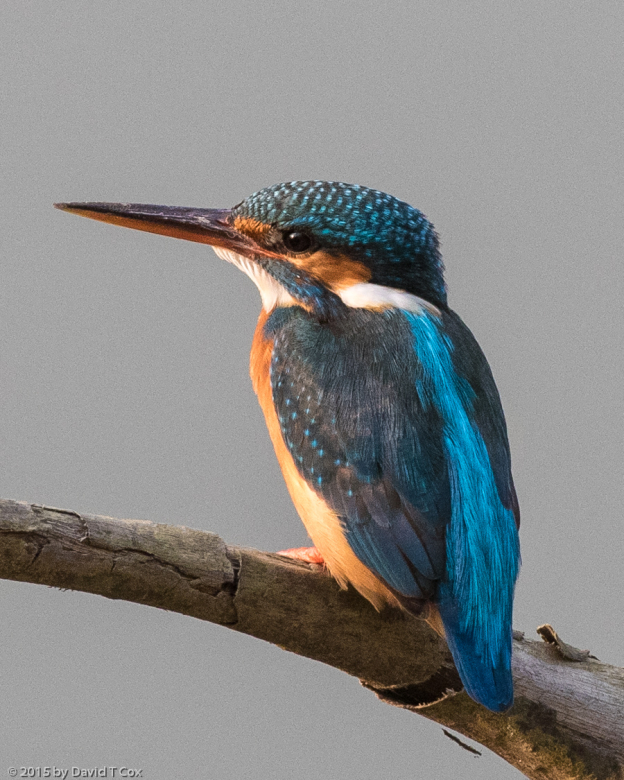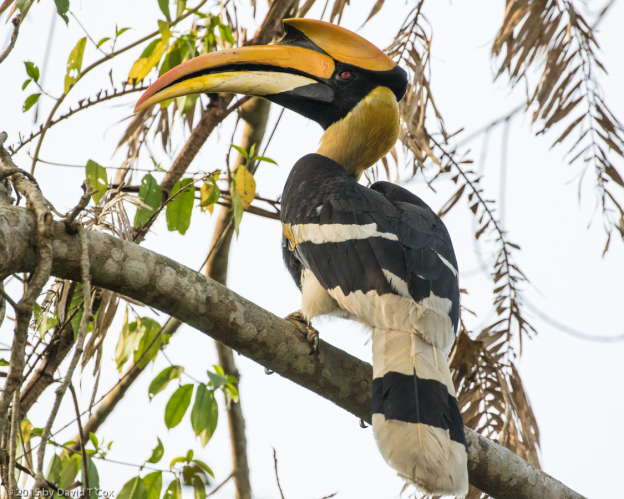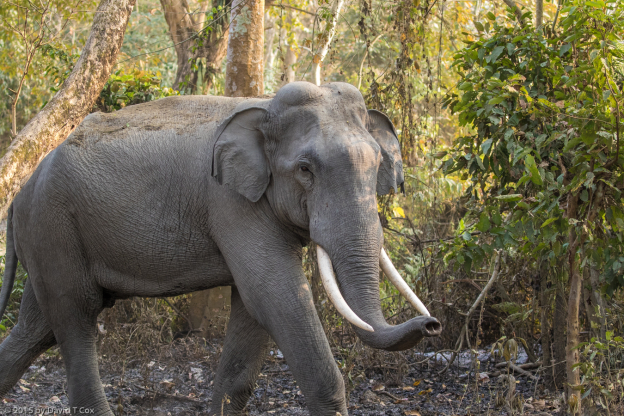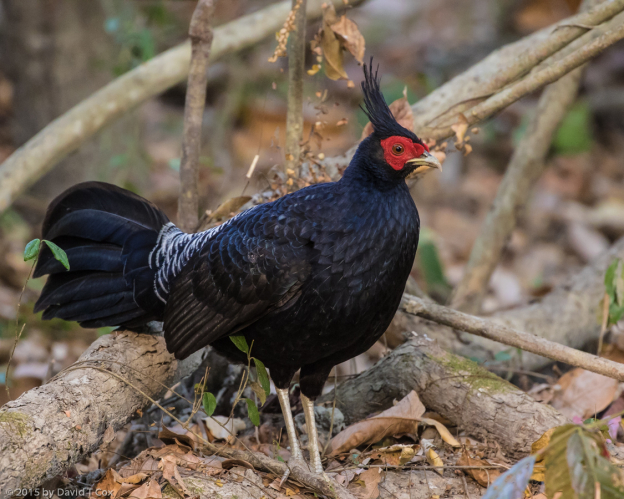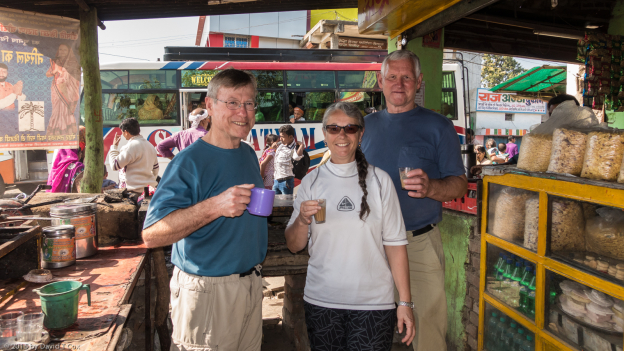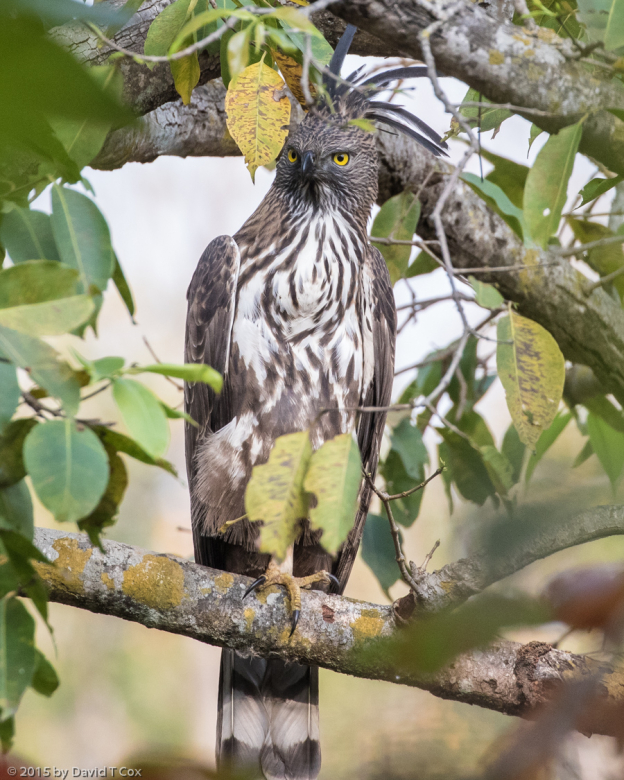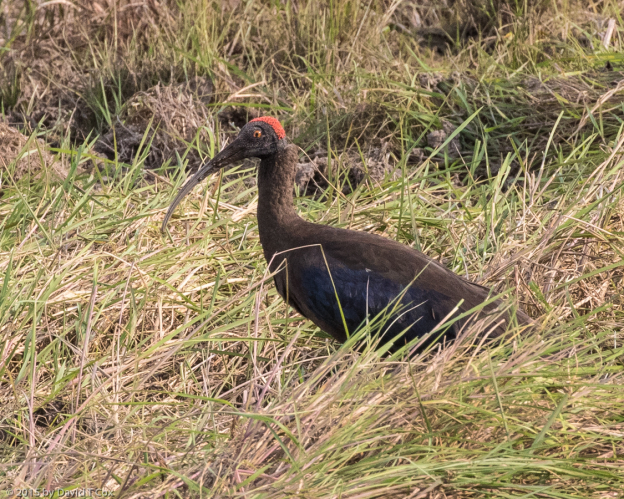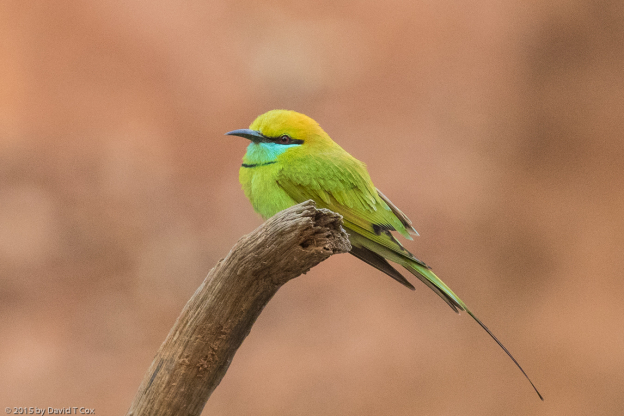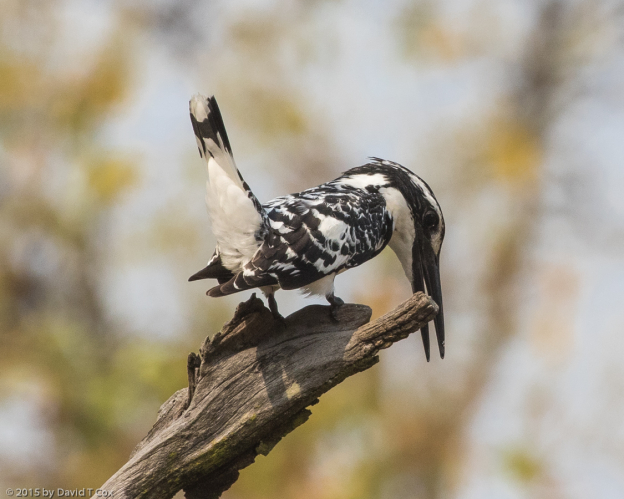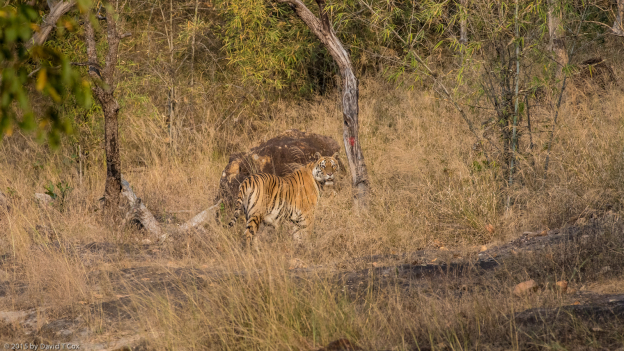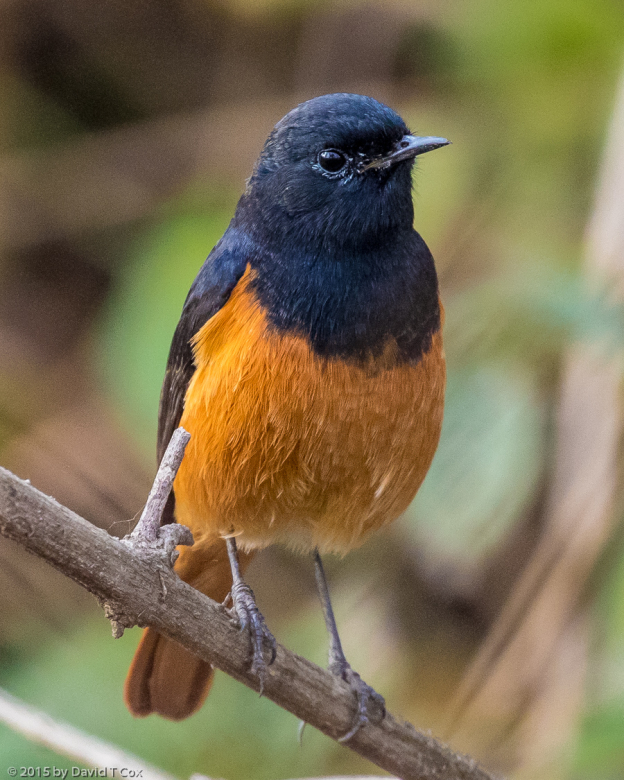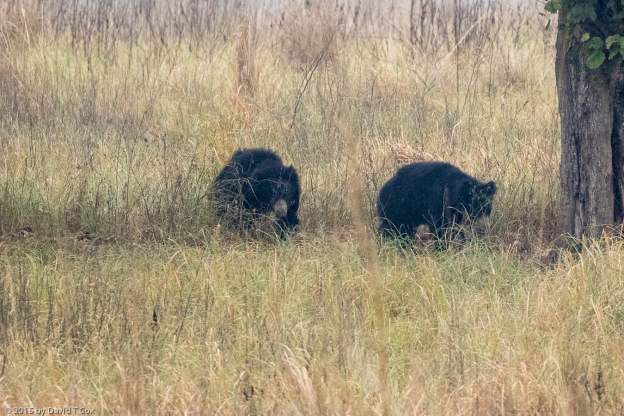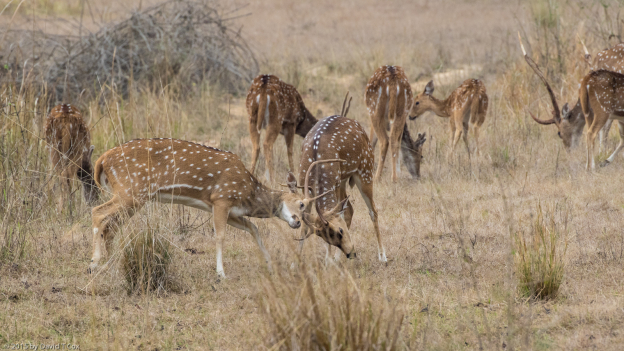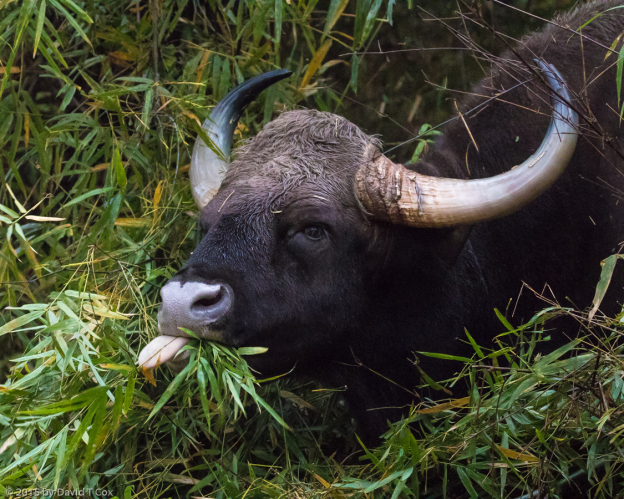All Photos Are Below the Travelogue Text
Click on Any Photo To Open Slide Show
To print the travelogue, right click anywhere on the page. Choose "Print" from your browser dialog box. You can choose Save to PDF in the browser print window.
Share your thoughts.
Email Dave - coxdavid55@hotmail.com
Hello everyone. From Nepal I flew the 17th of February to Calcutta, where I stayed just two nights before flying on to Guwahati, Assam in the far northeast of India. My free day in Calcutta I spent about 4 hours in the very old Indian Museum, which dates from the 1850s. It is the oldest museum in Asia, and it shows in several ways. The building was constructed around 1800 and is a marvelous old bit of British colonial architecture, with the four sides surrounding an open courtyard. The museum houses all forms of collections, from the terrific archaeological gems and statuary from all parts of India, to paleontology and fossils, to the natural history section with its ancient stuffed mammals and birds. As to the sad and hilarious stuffed creatures, my Rough Guide simply stated that “most look in dire need of a decent burial.”
On the 19th I arrived in Guwahati, capital of Assam, where I met my friends from Canada, Ken Pease and his wife Anna; we had a car and driver drive us directly to Kaziranga National Park, about 5 hours to the east, where we stayed for 5 nights. Kaziranga is famous mostly, and justly, for its tremendous numbers of the endangered Great One-horned Rhinoceros. The park sits covering a huge 430 square kilometers on the southern banks of the great Brahmaputra River system; this land consists mostly of lowlands, which periodically flood, and is covered about 1/3 with elephant grass. Here live large numbers of endangered very large beasts. Most of the world’s remaining Great One-horned Rhinos live here, the largest Rhinos on earth, together with equal numbers of the very large and mean looking Asian Wild Buffalo (ancestor of water buffalos), with large populations of Asian Elephants. All these large animals seem almost commonplace as one jeeps around the various Park trails. Also present are large numbers of endangered Barasingha (Swamp Deer), and Hog Deer, together with Sambar and Muntjac. Tigers and leopards are here in fair numbers, but very rarely seen.
The first morning we did our one and only elephant ride into the edge of the park. The elephant back gives one a vantage point to look down from above the elephant grass and so to get right up close to the Rhinos. The rhinos are pretty much unperturbed by the presence of the elephants, even with the people talking. The elephants are, however, fairly uncomfortable to ride, with an uneasy and lurching gait (not nearly so bad a riding a camel, but considerable worse than a horse or mule). One rhino had a very young and cute newborn with her. Another had a major horn wound on its rump. They say its breeding season, and the rhinos tend to fight, whether male or female. The Asiatic Wild Buffalo look pretty much like very large water buffalo, but the males have generally much broader horns. The Asian Elephants are not as dangerous as their African brethren, but still they are reputed in each Park to kill several people a year.
We drove back to Guwahati on Tuesday and spent a very long day flying first to Calcutta and, after a 4 hour layover, to Nagpur. After a short night’s sleep we drove a long day up to Bandhavgarh Tiger Reserve, famous for supposedly having the highest density of tigers of any reserve. The jeep safaris, however, leave very much to be desired. We did see tiger the first time out, but with 18 jeeps in the same area, and all literally racing to each scene of a reported tiger sighting, the dust clouds were enormous and made seeing practically impossible. Further, as the jeeps raced up, invariably, the resting tiger would walk away into the forest. It is an almost unconscionable way to run a famous tiger reserve. Our final safaris we insisted upon getting away from the other jeeps; we were rewarded with a private tiger sighting in a riverbed, and watched the tiger bed down behind a large boulder. There is not a large diversity of species of birds here in the central plains of India, but I was impressed with my first several sightings of the Crested Hawk Eagle with its very long crest feathers almost comically jutting from the top of its head. I also saw the beautiful little Black Redstart, and the unusual Red-naped Ibis. Our accomodations were a series of cottages spread around a small lake, and we constantly had a troupe of Common Langur monkeys in the trees and on the roofs around us.
From Bandhavgarh we drove back south to Kanha National Park, perhaps the best of the central Indian Parks. It has dense jungles of Sal and Teak, with the canopy often well over 100 feet. It has large numbers of the endangered Barasingha Deer as well as the largest buffalo species in the world, the Gaur. We saw no tiger here, but did see many Gaur and our first sighting of a pair of Sloth Bears. The Spotted Deer bucks were fighting and the Peacocks displaying as mating season arrived. The weather was terrible, and it rained most of the first two nights and our entire first safari day which had booked 2 “premium” safaris. We spent much of the time huddled under a plastic jeep top, and the rest I was bundled under my poncho, trying to keep myself and camera dry. It was dark, and needless to say, pictures were way below standard due to both lack of light and the heavy rain. The second morning, after rainfall continuously for 36 hours, the rain cleared but the Park closed temporarily due to wash-outs, and our safaris were cancelled. They reported a total of 76mm (31 inches) of rainfall in the park over the last day and half (This doesn’t sound credible). This is supposed to be the dry season.
Tomorrow we head out for a long day of driving to Chikaldara, a jungle hilltop station where I went to boarding school in 1954-55.
To print the travelogue, right click anywhere on the page. Choose "Print" from your browser dialog box. You can choose Save to PDF in the browser print window.
Share your thoughts.
Email Dave - coxdavid55@hotmail.com


